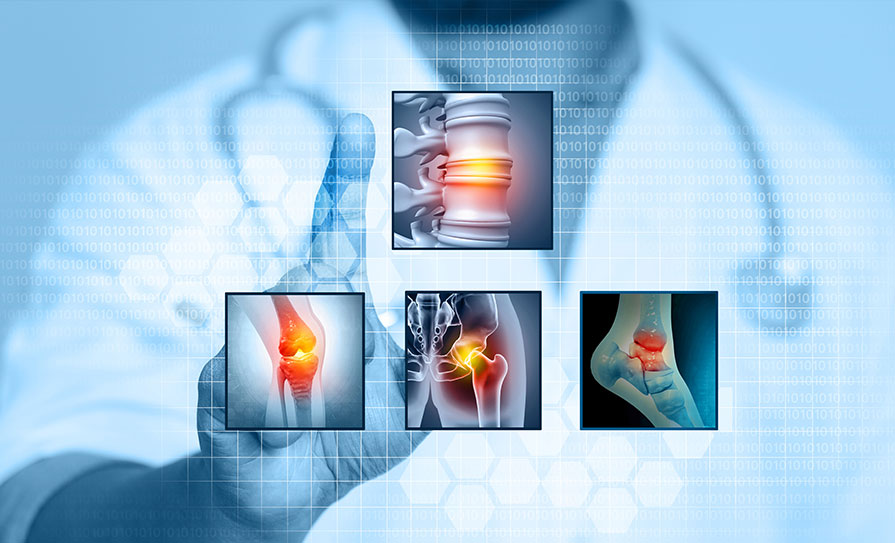
Pain is an important consideration for people with rheumatic and musculoskeletal diseases (RMDs), which can restrict function and limit daily activities. Indeed, low back pain has been the leading cause of disability worldwide for the past 30 years.
Opioid prescribing has contributed to a North American epidemic, with increasing trends in several European countries. RMDs are one of the most common indications for prescribed opioids, but there is little evidence on their benefit.
Several abstracts presented at the 2022 EULAR Congress aimed to address this knowledge gap, and develop other pain relief strategies to reduce this chronic health burden.
Patients with RMDs often suffer from recurrent pain, restricted function and reduction of daily activities. The current standard of intra-articular therapy is the injection of steroids, which can increase risk of infection, cartilage degeneration, and other well-known systemic side-effects.
Dr Hildrun Haibel and colleagues investigated a novel approach focused on the activation of peripheral opioid receptors, using small, systemically inactive doses of morphine. Adult patients with chronic knee arthritis and a high level of pain at baseline received a single dose of either morphine, steroid, or placebo – all delivered via intra-articular injection.
The results showed that a single dose of 3mg intra-articular morphine did not lead to significant pain improvements in comparison to placebo, and was inferior to steroid at day seven. These data do not support the use of intra-articular morphine for pain reduction in patients with chronic arthritis.
In another abstract at the Congress, Dr Joyce (Yun-Ting) Huang presented UK opioid prescribing trends in new users with one of six RMDs: Rheumatoid arthritis (RA), psoriatic arthritis (PsA), axial spondyloarthritis, systemic lupus erythematosus, osteoarthritis, or fibromyalgia.
The results show an increase in new opioid users among people with RA, PsA and fibromyalgia since 2006. However, a slight decrease in the trends of new opioid users among most RMDs after 2018 may reflect an increasing awareness of the opioid epidemic.
The high proportions of long-term opioid users in RA and fibromyalgia patients highlights the importance of exploring the safety of long-term opioid use and effective pain interventions for patients with RMDs.
In 2019, low back pain was responsible for 64 million years lived with disability (YLDs). Dr Jacek Kopec shared findings from a microsimulation model looking at the impact of three strategies for reducing this burden: Weight loss, ergonomic interventions, and an exercise programme.
The results show that a one unit reduction in body mass index (BMI) per year among overweight and obese individuals would be approximately equivalent in terms of disability reduction to an effective ergonomic intervention in 35 per cent of at-risk workers, and an exercise intervention in 27 per cent of eligible patients with back problems over the same period.
This is the first population-based microsimulation study to compare currently available preventive strategies for low back pain in terms of YLDs averted, and to provide measures of equivalence between these strategies.





Leave a Reply
You must be logged in to post a comment.